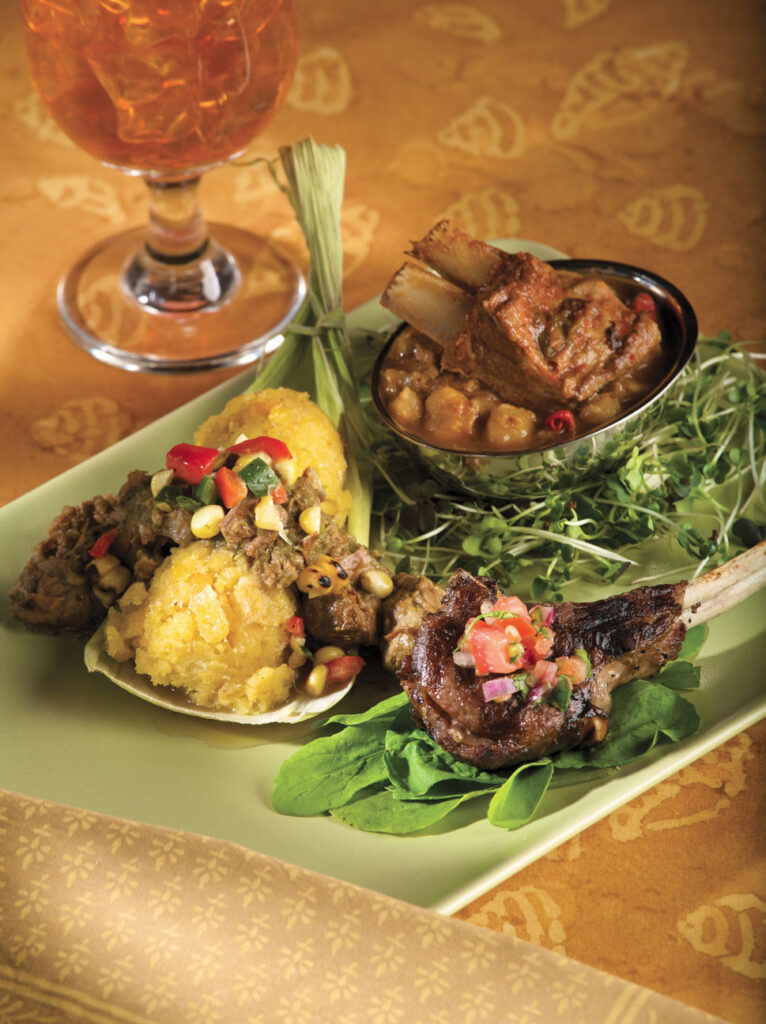Northern Arizona’s Mountain Living Magazine, February 2021
Story by Gail G. Collins
Grandeur never fades. In the case of the landmark La Posada Hotel, it has endured some humbling moments, but its prominence continues, true to its original vision.
Fred Harvey Company completed the building of La Posada Hotel in 1930 to serve as the “Resting Place,” as its Spanish name imparts. Purposefully situated as a resort for northern Arizona, the hotel proffered the luxury of linens, china, crystal and, importantly, the flawless service synonymous with Harvey, who “civilized the West.” The hospitality tycoon developed and ran the hotels along the Santa Fe Railroad, marking La Posada as the finest in the Southwest.
Grand Canyon artist and architect Mary Colter worked for Fred Harvey Company, designing everything from La Posada’s functional layout to its maids’ costumes and niche tableware. A fantasy backstory projected the property as a Spanish landowner’s grand hacienda, and attention to detail in art and artifice enhanced that image. Colter also fashioned the railroad dining car for the Super Chief, which ran from Chicago to Los Angeles, dubbing it the Turquoise Room. Starlets and icons, such as Shirley Temple, Amelia Earhart, President Harry Truman and Albert Einstein, embraced the chic transportation.
La Posada closed in 1957, then was gutted and turned into offices for the railroad. A few times, it was slated for demolition, before it was rescued by in 1997 by Allen Affeldt and wife Tina Mion and restoration began.
In 2000, Affeldt invited John and Patricia Sharpe to explore the renovation of the historic property. It needed a restaurant comparable to its celebrated caliber. Sharpe left four acclaimed restaurants and a 25-year culinary career in Orange County and moved to Winslow.
The location was as appealing to Sharpe as it had been to Harvey. An interstate highway, the romance of Route 66, Grand Canyon National Park and other international tourist sites drew millions of annual visitors and lay within a comfortable reach. Still, no destination dining existed between Flagstaff and Albuquerque.
As chef-owner, Sharpe executed the vision for the Turquoise Room’s stylish features, from exposed beams, stained glass, pressed tin and tile to carved chairs. Patricia added imaginative influence with leather-topped tables and painted vintage placemats.
Staffing from a small pool was difficult. The team was trained from the ground up, and a strong crew endures.
“People thought we wouldn’t make it,” Sharpe said of when the Turquoise Room opened on Oct. 10, 2000. With a wry smiled, he added, “It was all we could do to keep up with the people coming through the door.”
Continue reading “Turquoise Room’s ongoing success builds on its Southwest strengths”
